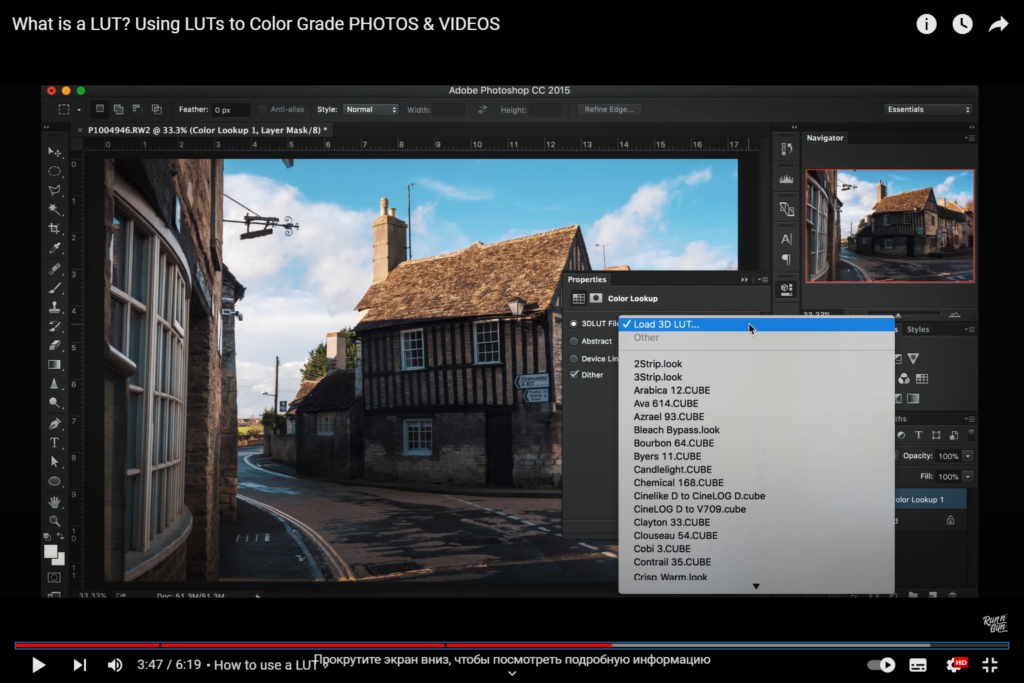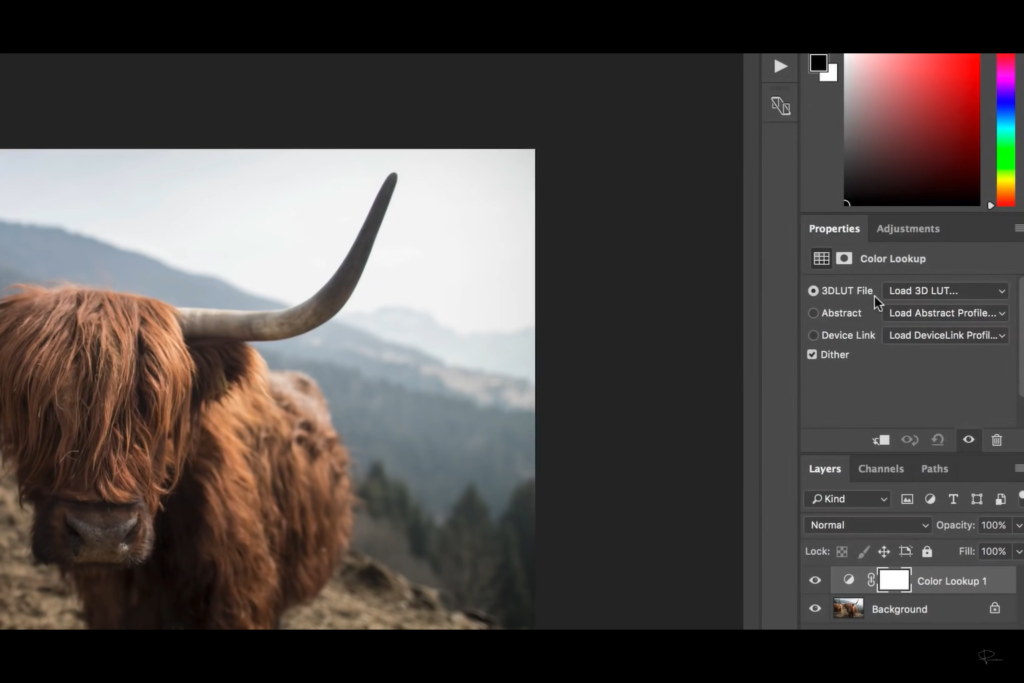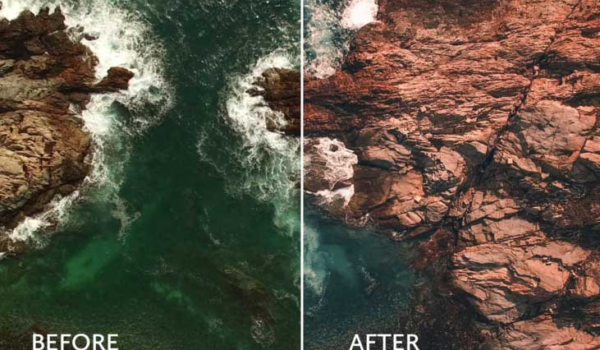Photography is an art that revolves around capturing moments and telling stories through images. But to truly elevate your photographs to the next level, you need to understand the power of LUT (Lookup Table). In this comprehensive guide, we will delve into what LUT is and how it can revolutionize your photography journey.
What is LUT?
LUT, short for Lookup Table, is a powerful tool used in post-processing to transform the color of an image or video. It acts as a filter that applies predefined color adjustments, helping photographers and videographers achieve specific visual effects. From boosting colors to creating cinematic tones, LUT plays a vital role in enhancing the overall appeal of your visuals.
How Does LUT Work?
To comprehend LUT’s functionality, imagine it as a translator between two color languages. Your original image speaks one language, while the desired color grading speaks another. LUT bridges this gap, applying the necessary color transformations to make your image convey the desired mood and atmosphere.
The Technicalities Behind LUT
LUTs operate on the principles of three-dimensional color cubes, mapping input colors to corresponding output colors. The three primary components are:
- Hue: Refers to the actual color, such as red, blue, or green;
- Saturation: Represents the intensity of the color;
- Luminance: Determines the brightness of the color.
By altering these components, LUTs can drastically change the visual impact of your photos.
Understanding Different Types of LUTs
LUTs come in various types, each serving a unique purpose. Let’s explore the most common ones:
Technical LUTs
Technical LUTs are designed to correct color issues resulting from camera sensors, lighting conditions, or other technical aspects. They help achieve color accuracy and consistency across your images.
Creative LUTs
Creative LUTs are where the magic happens. These LUTs infuse your photos with distinct artistic styles, ranging from vintage looks to futuristic aesthetics. They allow you to experiment and find the perfect tone for your visual storytelling.
Incorporating LUTs in Your Workflow
Now that you understand the fundamentals of LUTs, let’s dive into the practical aspect of integrating them into your photography workflow.
Choosing the Right LUT
The key to successful color grading lies in selecting the appropriate LUT. Consider the mood and theme of your image and choose a LUT that complements your artistic vision.
Adjusting Intensity
LUTs come with adjustable intensities. Experiment with different levels to strike the right balance and avoid overpowering your image with excessive color grading.
LUT vs. Color Grading
It’s important to differentiate between LUT and traditional color grading techniques.
LUT: Quick and Easy
LUTs offer a quick and efficient way to achieve stunning visual effects without extensive manual adjustments. They are especially beneficial when time is limited.
Traditional Color Grading: Precision and Control
On the other hand, traditional color grading allows for more precise control over individual color channels. It’s the preferred method for professionals who seek absolute perfection in their color adjustments.
Demystifying Common Myths About LUT
In the world of photography, myths and misconceptions often circulate. Let’s debunk a few regarding LUT.
Myth 1: LUTs Ruin Image Quality
Some believe that using LUTs deteriorates image quality. In reality, when applied correctly, LUTs enhance the visual appeal of your images without sacrificing quality.
Myth 2: LUTs Are Only for Professionals
LUTs are accessible to all photographers and videographers, regardless of their skill level. Embrace the creative possibilities they offer.

Mastering LUTs for Different Photography Styles
Let’s explore how LUTs can be utilized to elevate various photography styles:
Portrait Photography
LUTs can add depth and emotion to portrait shots. Soft, warm tones can evoke a sense of intimacy, while vibrant colors can highlight the subject’s personality.
Landscape Photography
LUTs can accentuate the beauty of natural landscapes. From enhancing the lush greens of forests to intensifying the warm hues of a sunset, the possibilities are endless.
Street Photography
For street photographers, LUTs can add drama and storytelling elements. Try experimenting with high-contrast LUTs to create captivating street scenes.
Harnessing LUTs in Video Production
The application of LUTs extends beyond photography. In video production, LUTs play a significant role in achieving a cinematic look.
The Grading Process
In video production, LUTs are often used during the grading process. This involves adjusting the color and tone of the footage to align with the intended mood of the story.
The Impact of LUT on Social Media
In the age of social media, visuals play a pivotal role in capturing users’ attention. LUTs can significantly impact the appeal of your images and videos on various social media platforms.
Instagram-Worthy Feeds
LUTs can help maintain a consistent aesthetic for your Instagram feed. By applying the same LUT to all your posts, you create a cohesive and visually appealing profile that leaves a lasting impression on your followers.
Boosting Engagement
Vibrant and eye-catching visuals are more likely to attract likes, comments, and shares. LUTs can make your content stand out from the crowd, increasing engagement with your audience.
Storytelling Through LUTs
LUTs offer a powerful way to convey emotions and narratives through your visuals. Whether you want to evoke nostalgia, mystery, or joy, the right LUT can set the perfect tone for your storytelling.

LUTs in Professional Video Production
In the world of professional video production, LUTs are indispensable tools that streamline the color grading process and ensure visual consistency across projects.
Log and Raw Footage
Many high-end cameras shoot in log or raw formats, providing maximum flexibility in post-production. LUTs are used to convert these flat and desaturated images into vibrant, cinematic visuals.
LUT Libraries
Production houses and filmmakers often build custom LUT libraries tailored to their specific projects. These libraries contain LUTs for different lighting conditions, moods, and film styles, allowing for efficient and consistent color grading.
Collaboration and Teamwork
In large-scale video productions, multiple team members handle color grading tasks. By using standardized LUTs, everyone involved can work cohesively, maintaining the same visual language throughout the project.
The Future of LUTs in Photography and Film
As technology continues to evolve, so does the world of LUTs. The future holds exciting possibilities for this powerful tool.
AI-Driven LUTs
Artificial intelligence is making its mark in various industries, and LUTs are no exception. AI-driven LUTs can analyze images and automatically apply the best color adjustments based on the desired outcome, saving time and effort for creators.
Real-Time LUT Integration
Real-time LUT integration in cameras and editing software is becoming more prevalent. Photographers and videographers can now preview LUTs while shooting or editing, allowing for immediate adjustments and fine-tuning.
Customization for Every Frame
Advancements in computing power enable the creation of LUTs that can be customized for individual frames within a video. This level of precision empowers filmmakers to tell intricate visual stories with unparalleled control over the color grading.
Conclusion
Congratulations! You’ve unlocked the secrets of LUT in photography and video production. Embrace the power of LUTs to bring your creative vision to life and captivate your audience with stunning visuals.
